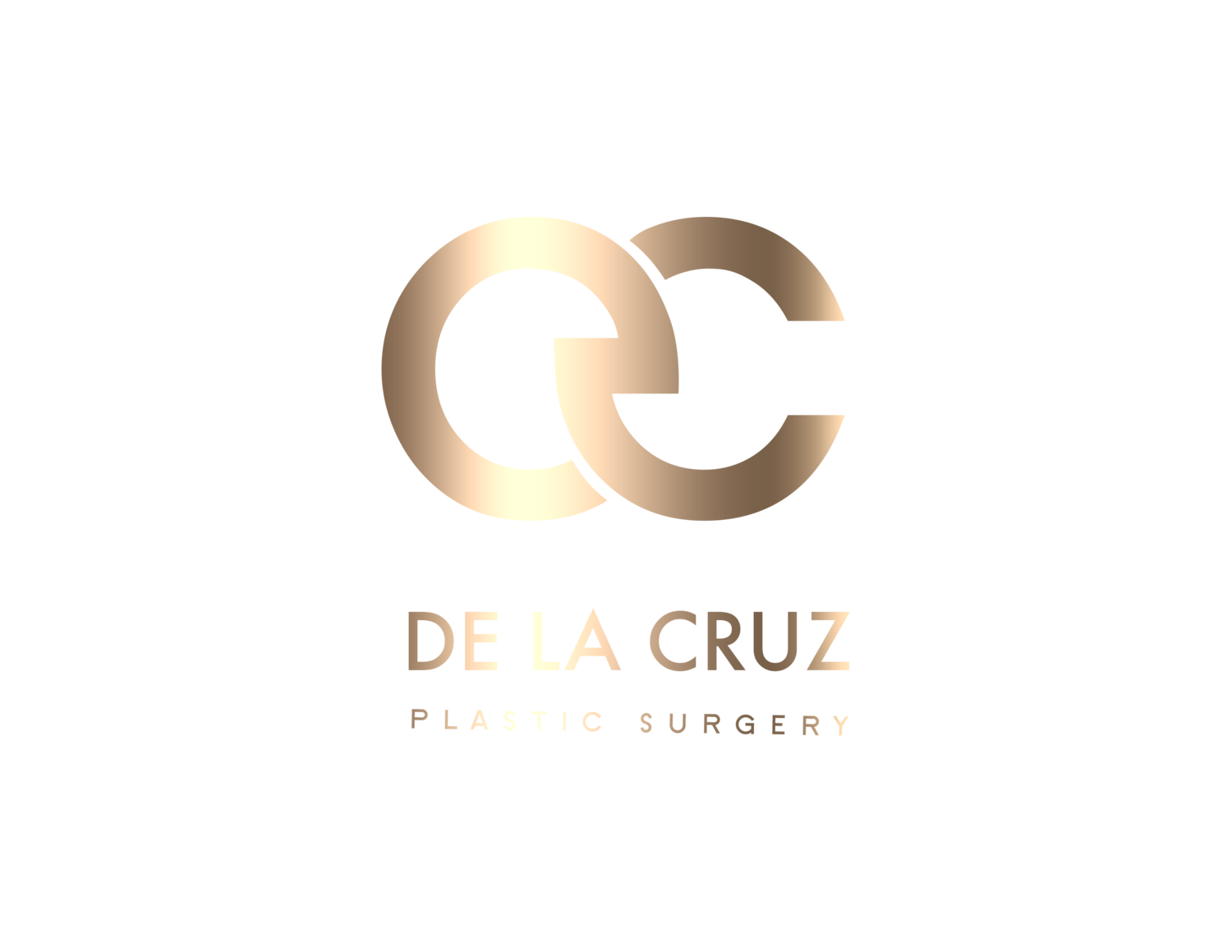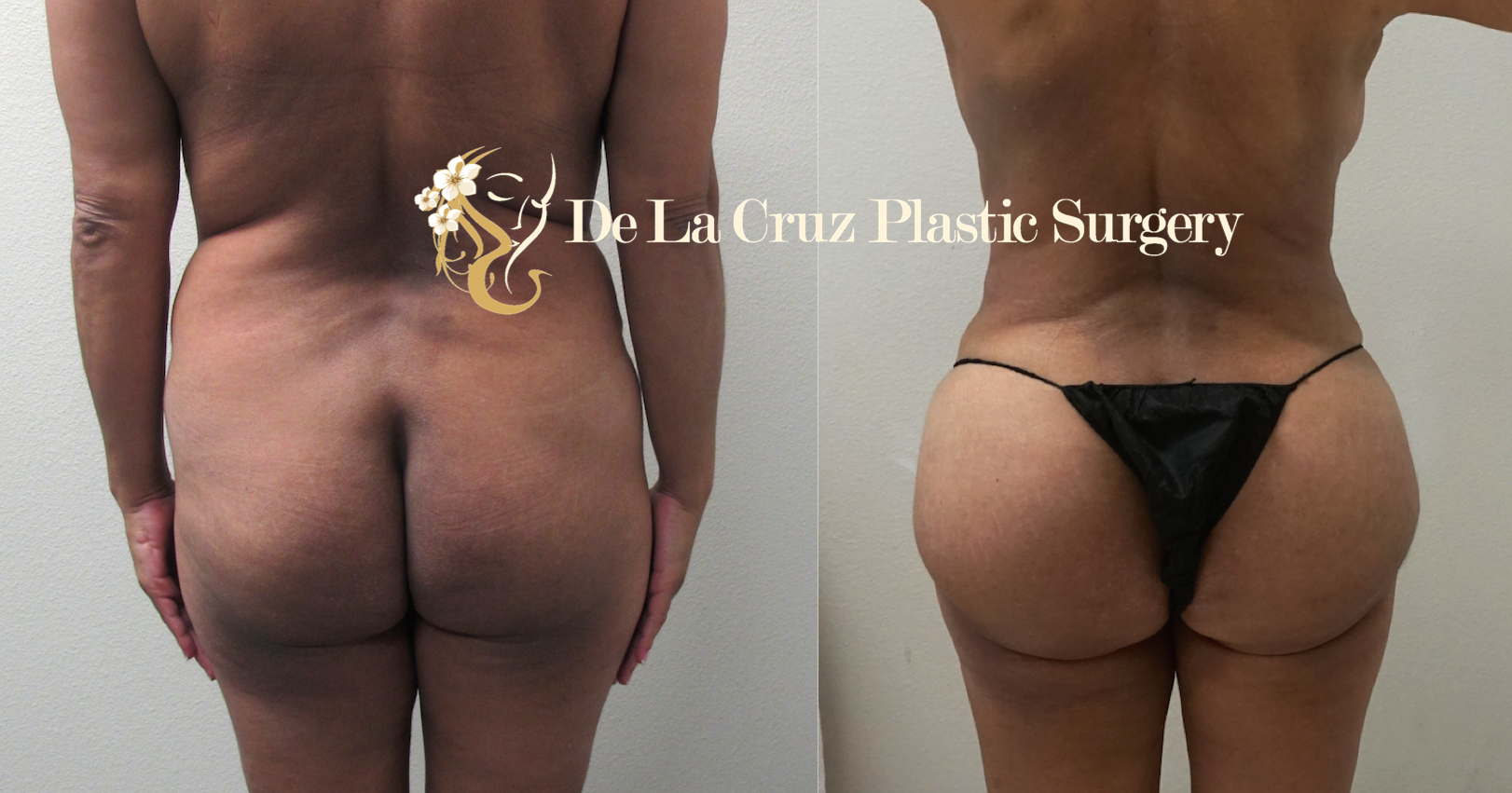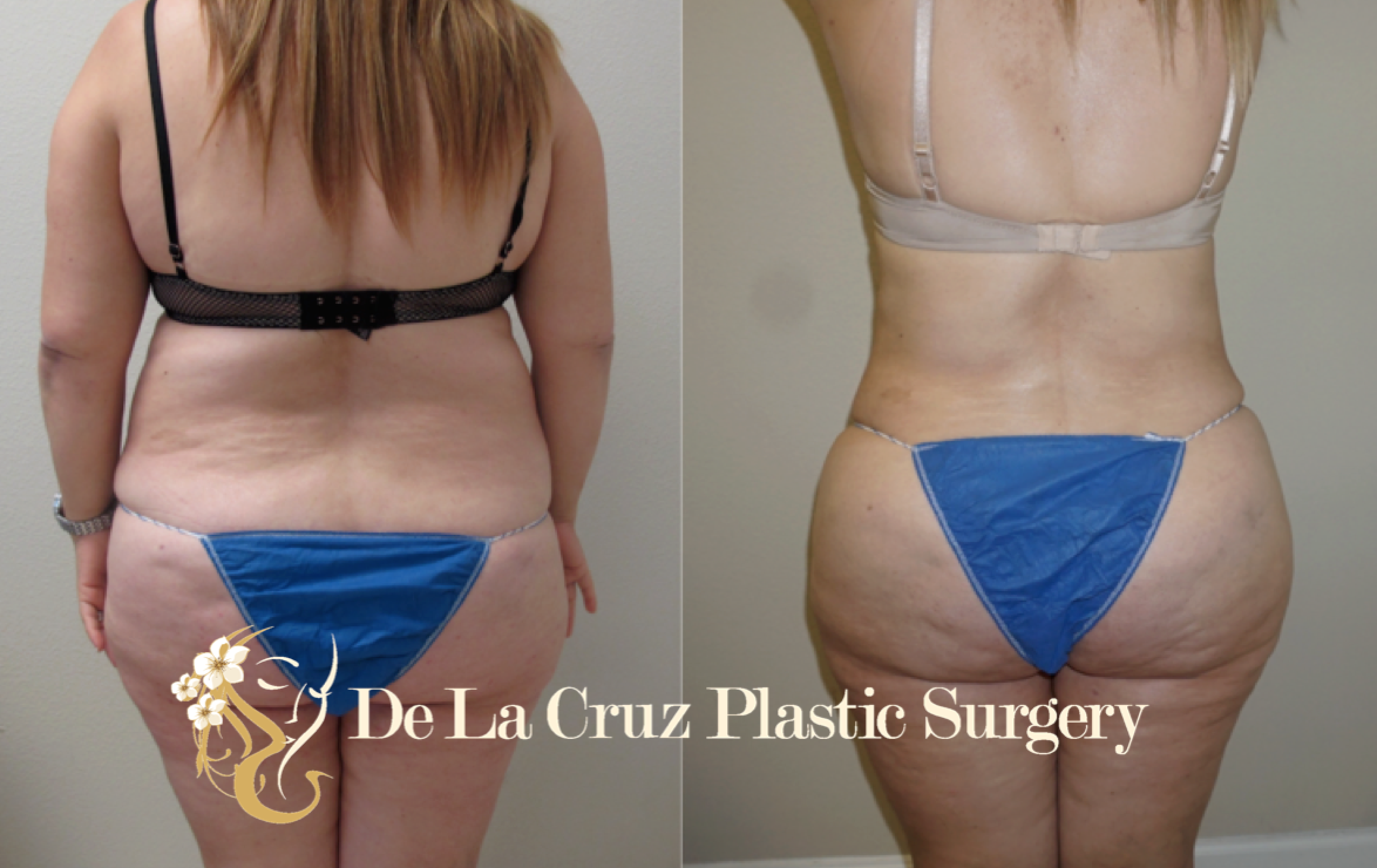Lymphatic Massage Therapy Reduces Fibrosis after Liposuction
Fibrosis is considered as one of the most frequent complications that may interfere negatively and significantly the patient's satisfaction after liposuction surgery. Fibrosis is the formation of hardened plates in the subcutaneous tissues denoting temporary or definitive irregularities on their surface and affecting affect the body contour.
Studies have shown that in the "Liposuction Group (LG) and Liposuction Abdominoplasty Group (LAG), a gradual decrease of classification levels was observed, specifically in relation to tissue fibrosis. Initially, the LG patients were divided into the highest levels (L2 and L3); and 70% of the LAG patients were classified as L2. After the application of this protocol, 62.5% and 50% of patients from both groups had the fibrosis reduced completely; the remaining ones showed the lowest degree of fibrosis, classified as L1.
Before and After Photo Liposuction (VASER Liposuction with Brazilian Butt Lift)
"The association between manual lymphatic massage drainage and the therapeutic ultrasound reduced the swelling and the tissue fibrosis and made pain disappear in liposuction and lipoabdominoplasty PO period."
Reference:
Igor, et al. Manual lymphatic drainage and therapeutic ultrasound in liposuction and lipoabdominoplasty post-operative period. Indian J Plast Surg. 2014 Jan-Apr; 47(1): 70–76.
Kim et al. Analysis of postoperative complications for superficial liposuction: a review of 2398 cases. Plast Reconstr Surg. 2011 Feb;127(2):863-71
Lisboa FL, Meyer PF, Alves DK, Wanderley SC. Protocolo para avaliação fisioterapêuticados níveis de fibrose cicatricial em pós-operatório de lipoaspiração associada ou não à abdominoplastia. Reabilitar. 2003;19:11–8.
Soares LM, Soares SM, Soares AK. Estudo comparativo da eficácia da drenagem linfática manual e mecânica no pós-operatório de dermolipectomia. RBPS. 2005;18:199–204.
Tacani RE, Alegrance FC, Assumpção JD, Gimenes RO. Investigação do encaminhamento médico a tratamentos fisioterapêuticos de pacientes submetidos a lipoaspiração. O Mundo da Saúde. 2005;29:192–8.







